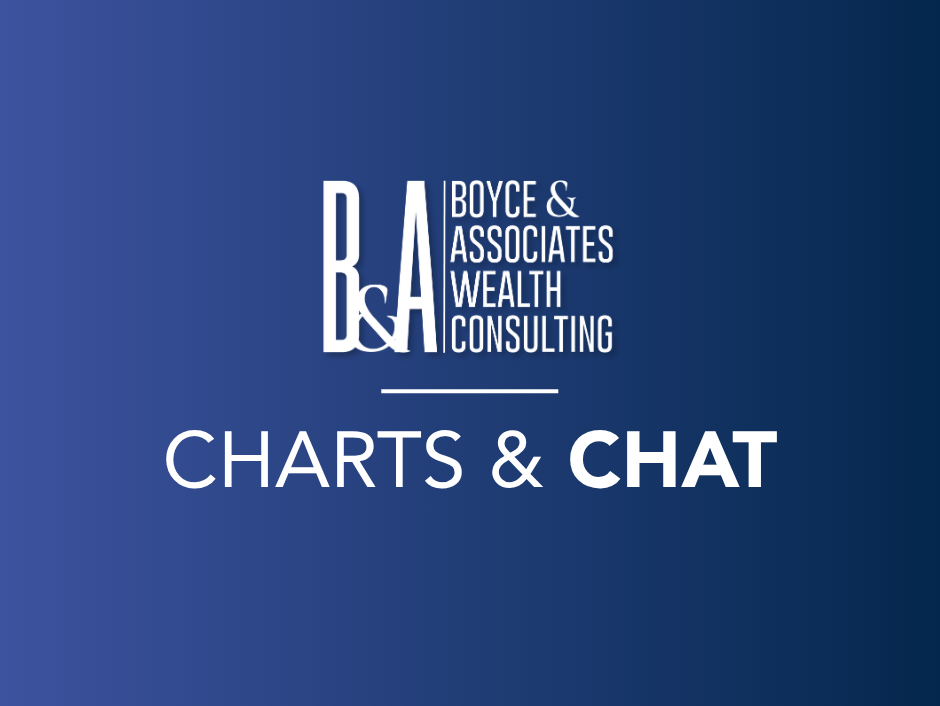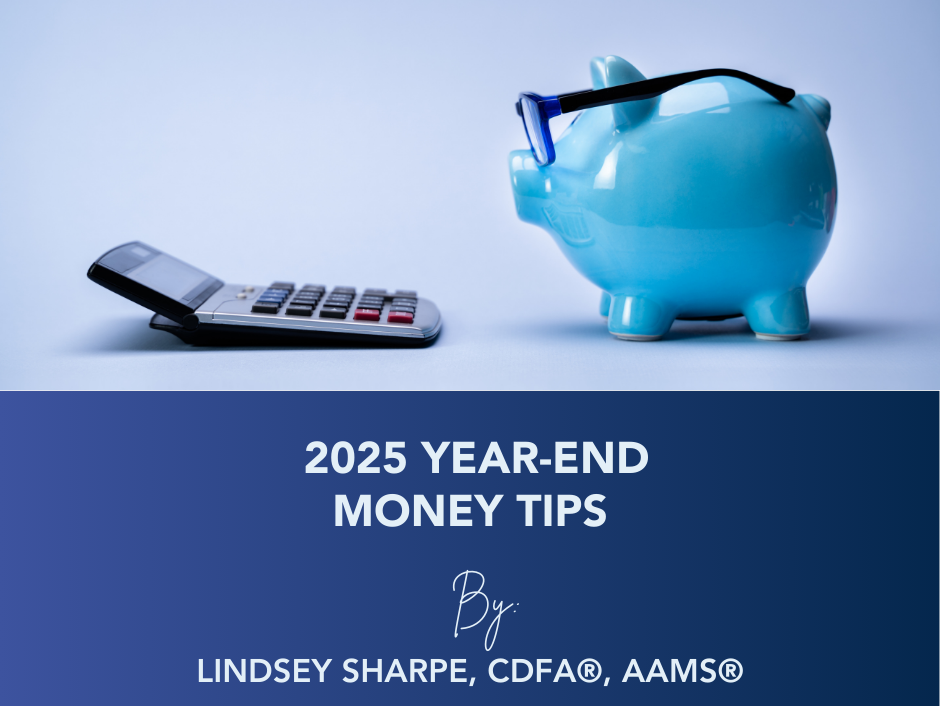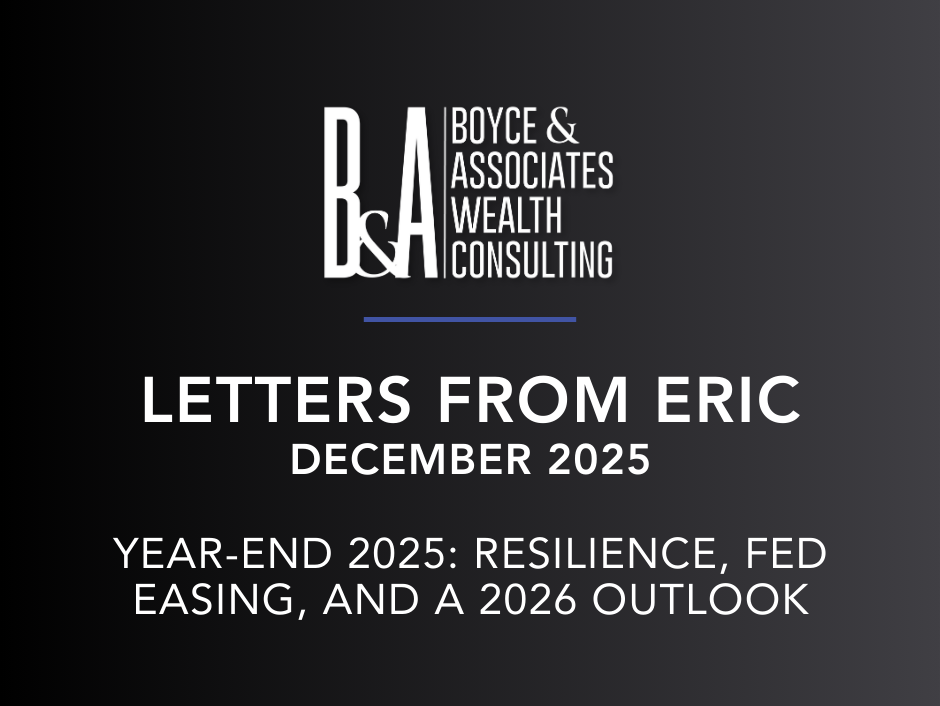A Brief History of Tariffs
Trading goods has been around for millennia - with early written documentation beginning with the silk road to the industrial and now digital revolution - the exchange of goods has led to an interconnected world where products and services change hands between cultures and countries. Globalization (the exchange of goods) started to play a central role in global Gross Domestic Product (GDP): a measure of the total value added from the production of goods and services in a country or region each year with exports accounting for approximately 13% of world GDP in 1970 and near 30% in 2023, according to the World Bank.
Tariffs have been one of the major headlines as Donald Trump entered the Oval Office for his second term as President. To prime the discussion and apply it to current events, it seems judicious to take a moment and look back at the role tariffs have played in policy for the United States. Tariffs are essentially a tax on goods and/or services imported to the United States paid for by the business importing the goods and typically passed onto the consumer in the form of an increase in price of that good. An increase in tariff rates is meant to discourage trade as it makes goods more expensive to buy from other countries compared to buying domestic goods to which the tariff does not apply. Major economies, 23 countries in total, entered the General Agreement on Tariffs and Trade (GATT) in 1947 to lower tariff rates and other trade barriers to encourage trade. This is perhaps what makes President Trump’s stance to raise tariffs more controversial.
A look back in U.S. history will show that tariffs were the government’s primary revenue source prior to 1913, when the 16th Amendment introduced the federal income tax. Today, tariff revenues make up less than 2% of the $4.9 trillion in total tax revenue for 2024, with the majority coming from individual and corporate income tax. Given that tariffs are no longer a major element of domestic tax policy, what role do tariffs play in broader economic and policy goals?
The implementation of tariffs are now primarily used as a tool to protect and regulate trade practices that could injure domestic industry, advance foreign policy goals or as negotiating leverage in trade negotiations, according to a paper titled: “U.S. Tariff Policy: Overview” by the Congressional Research Service. For policy, the potential benefits are clear. Economically, the benefits are less clear. Retaliatory tariffs, rising costs, and supply chain disruptions all bring into question whether tariffs will result in the desired outcome of benefitting the U.S. consumer.










